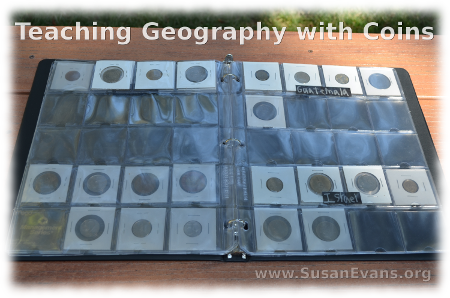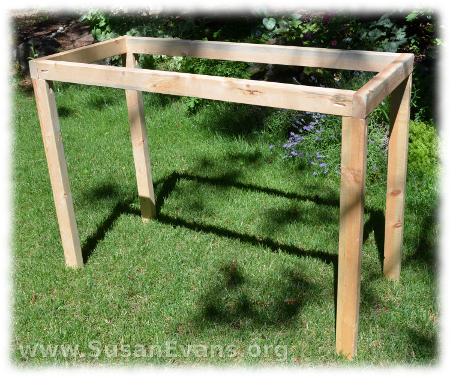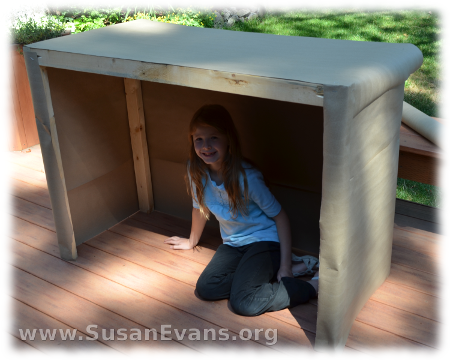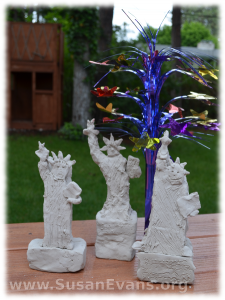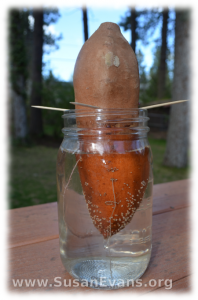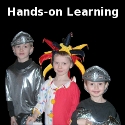A fun way for kids to learn about the countries of the world is to look at coins from other countries and start their own coin collections. Teaching geography with coins is a great way to touch something from another country and to figure out what is important to that country.
Where can you find coins for your children?
- From your own travels to different countries
- From relatives or friends who have been to other countries
- From people at your church who have returned from missions trips
- From other homeschoolers who can swap coins with you
- From coin collecting shops
How do you start a coin collection? First you will need a 3-ring binder. Next you will want to purchase coin collecting pages, which are plastic pages with 20 square pouches on each page. You can buy these at a coin collecting shop. Look up “coin collecting” in your local yellow pages, or google “coin collecting” and your city. Most cities have a coin collecting store.
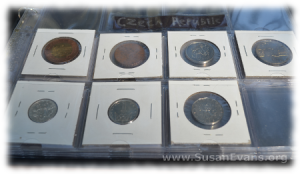 Besides the binder and the plastic pages with pouches, you will want to get the cardboard squares that will hold the coin in place. You staple those shut with a special stapler that is smooth on both sides so that it doesn’t hurt the plastic. Label the countries with little slips of paper taped to the plastic sheets.
Besides the binder and the plastic pages with pouches, you will want to get the cardboard squares that will hold the coin in place. You staple those shut with a special stapler that is smooth on both sides so that it doesn’t hurt the plastic. Label the countries with little slips of paper taped to the plastic sheets.
If you are dirt poor and don’t want to spend any money whatsoever, you can collect loose coins in a clear Ziplock bag to look at whenever you want. You can do rubbings of the coins by placing the coins under a sheet of paper, and rubbing crayon across the top. You can staple your coin rubbings together into a booklet. This is particularly good to do if you are only borrowing the coins from someone, and you need to give the coins back.
What can you learn from countries by looking at coins? These are some of the emblems we found on our coins from around the world, showing what is important to each country. These pictures might help you identify where your coins are from:
- Canada–maple leaf, queen
- Egypt–scorpion, map of Africa
- France–woman in a dress, head of a woman
- Germany–head of a man, woman planting, eagle
- Greece–helmet of armor on a man, Parthenon
- Guatemala–woman’s head with headband, tree, man’s head, stone monument, quetzal bird
- Ireland–harp, bull, Celtic design
- Israel–Dome of the Rock, top of a column, golden lampstand, fleur-de-lis, harp
- Italy–woman’s head, Roman gods and goddesses
- Mexico–eagle with snake in beak
- Netherlands–crown, queen
- Spain–men’s heads, shield, pillars, crown
- United Kingdom–one king, all the rest queens, portcullis, crown, chains, Poseidon with trident, coat of arms, ship, lion with crown
These were just a few of the observations my children called out to me as they were examining the coins from their coin collections. Teaching geography with coins was a fun experience for my family!
For fun and easy ways to teach geography to your kids, watch Living Geography: Travel the World from your Living Room.
